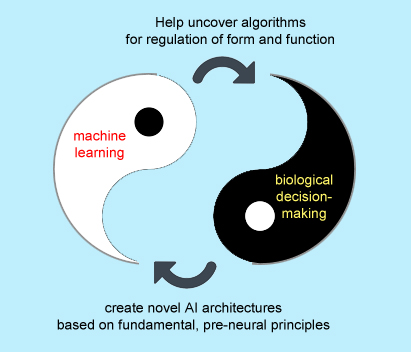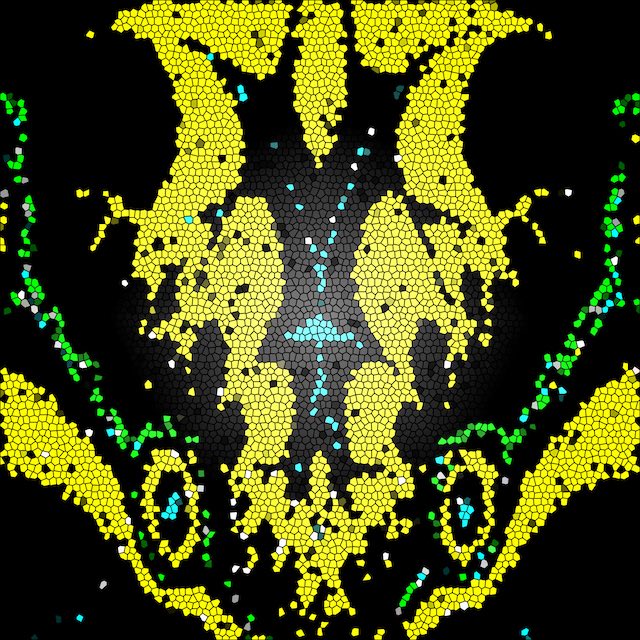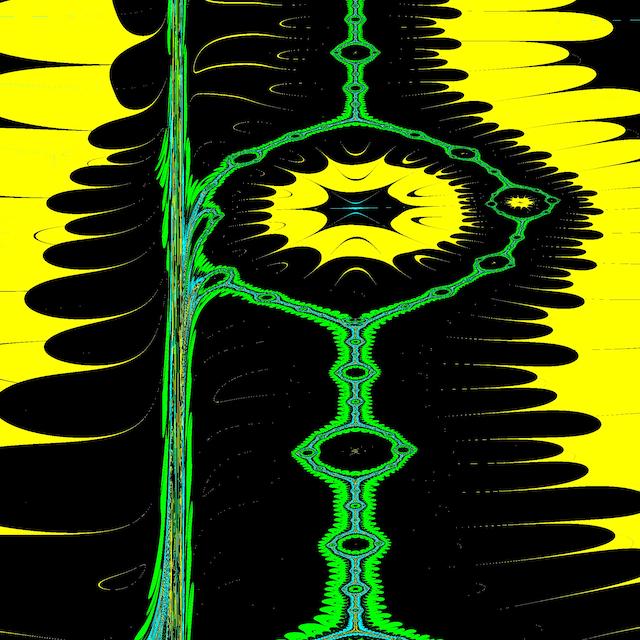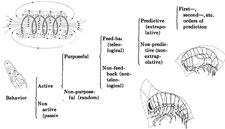Overview of Levin Lab Research
Seeking general principles of life-as-it-can-be, we use a wide range of natural animal models as well as create novel synthetic and chimeric life forms. A driving principle is the search for unification: invariant, scale-free principles for intelligence behavior in unfamiliar guises. We are interested in the physics of sentience, and the sentience of physics. We study cells, and cell groups as a collective intelligence, navigating diverse problem spaces such astranscriptional, physiological, and anatomical morphospace. We characterize and model the various competencies of this process, including its evolutionary origins and the implications it has for the evolutionary process itself. Much of our focus is on the control of anatomical growth and form, but we also study decision-making and problem-solving in transcriptional and protein pathways and physiological circuits. We want to understand the robust reliability of default morphogenesis, and the behavior-shaping interfaces that evolution exploits in groups of cells to enable them to create functional novel forms that were never directly evolved. Our work lives at the intersection of a number of disciplines, including developmental biology, artificial life, bioengineering, synthetic morphology, and cognitive science.
Dynamics of Information Processing in Biological Structures
Biological information comes in (at least) 2 flavors: spatial information (3-dimensional structure or topology of tissues, organs, and whole organisms), and temporal information (perceived patterns within environmental stimuli that occur in time). Both of these kinds of information need to be detected, remembered, and processed by cells and tissues to guide their function. Our lab uses a convergence of molecular biophysics and computational modeling to understand how this occurs at multiple levels of organization. The results of this effort will not only shed light on the fundamental nature of real living creatures but also will provide important clues to the capabilities of "life-as-it-could-be" in synthetic biology or hybrid cybernetic systems. The former ties our work to the biomedicine of birth defects, traumatic injury, and cancer. The latter has implications for the design of artificial life and the engineering of robust, adaptive devices and novel computational media. Altogether, we view this as a branch of information or computer science as much as it is biology.
We work on novel ways to understand and control complex pattern formation. We are especially interested in top-down controls, that exploit the native competencies of cells and tissues to make changes via communication and training strategies, not micromanagement of cells and molecular pathways. We use techniques of molecular genetics, biophysics, and computational modeling to address large-scale control of growth and form. For this purpose, we work in whole frogs and flatworms, and sometimes zebrafish and human tissues in culture. Our projects span regeneration, embryogenesis, cancer, and learning plasticity - all examples of how cellular networks process information. In all of these efforts, our goal is not only to understand the molecular mechanisms necessary for morphogenesis, but also to uncover and exploit the cooperative signaling dynamics that enable complex bodies to build and remodel themselves toward a correct structure. Our major goal is to understand how individual cell behaviors are orchestrated towards appropriate large-scale outcomes despite unpredictable environmental perturbations.

Some general themes that run through our diverse research together include:
- We study bioelectrical signals that make up part of the language by which cells communicate to serve the patterning needs of the host organism. These natural voltage gradients exist in all cells (not just neurons), and regulate cell behavior and gene expression. We have developed new molecular tools to track and manipulate these biophysical conversations between cells and tissues in vivo. The results have yielded important findings about basic patterning, as well as new strategies to induce regenerative repair and reprogram tissues into new organs.
- We have projects in development, regeneration, and cancer, as well as in the plasticity of the brain and its connection to somatic tissues. These fields are treated as distinct by most labs, funding bodies, and educational programs, but we span them because we are seeking the most fundamental aspects of biological regulation, and we hypothesize that common rules of information processing might be discovered throughout these aspects of biology. While our work will eventually give rise to practical applications in bioengineering and biomedicine, we are fundamentally interested in synthetic biology and artificial life - the understanding of living systems as cohesive, computational entities that store and process information about their shape and their environment.
- We complement reductive analysis of molecular components with a synthesis designed to understand top-down controls and large-scale properties. For example, we analyze morphogenetic systems as primitive cognitive agents that manipulate information about their shape and make decisions about pattern regulation. We use techniques of artificial intelligence and neuroscience to find out what information biological tissues have, and how it is stored, processed, and communicated. Our focus on algorithmic (constructivist) computer models of patterning is an important component of linking genetic networks to complex 3-dimensional shape and its regulation in vivo. By building models of morphogenesis as navigation of an anatomical option space, we uncover the policies that cellular collectives use to navigate this space and begin to develop interventions (stimuli, not hardware rewiring) to guide them to desired regions of the space without micromanagement.
- We make novel living systems (such as Xenobots), and use them as a model to understand the origin of the targeting information: how do collectives of cells, implementing a target morphology (setpoint for anatomical homeostasis) know what to make? Where do these morphogenetic specs come from? Using these synthetic living constructs, we attempt to understand how evolution builds problem-solving machines that exploit a number of "free lunch" affordances from physics, computation, etc. to produce adaptive solutions to novel environmental challenges (creative exploration of the morphospace that does not require multuiple generations of selection).
Beyond Growth and Form: morphogenesis as a gateway to diverse intelligence

All intelligences are collective intelligences - made of parts; indeed, biological intelligences are (currently) far beyond any engineered artifact because living parts themselves used to be independent organisms. Life uses a multi-scale competency architecture where each layer, from molecular interactions to whole colonies, are solving problems in diverse spaces. Indeed, the problem-solving capacities of morphogenesis are just one type of intelligence, as per William James' definition: "ability to reach the same ends by different means". Thus, we are branching out from the collective decision-making of cells during construction and repair of bodies, to study how this process works more broadly. We are working on uncovering hidden competencies of gene-regulatory networks (and more broadly, chemical pathways) and a wide range of neural and non-neural constructs. We are attempting to use the lessons we gain from understanding this multiscale nesting of goal-directed agents to design new kinds of artificial intelligence. The goal is not to anthropomorphize physical systems but rather to provide a naturalized, continuous view of cognition across its spectrum by approaches grounded in developmental biology and evolution. All of this work is being synthesized towards a framework for understanding and relating to (whether by communication or control) truly diverse intelligences - a project that has implications not only for evolutionary biology and someday perhaps, for exobiology, but also for development of ethical/social frameworks that will become essential in the future as the forms of agents around us diversify far beyond what is currently imaginable.
Learn more about the current open problems we are actively working on >






